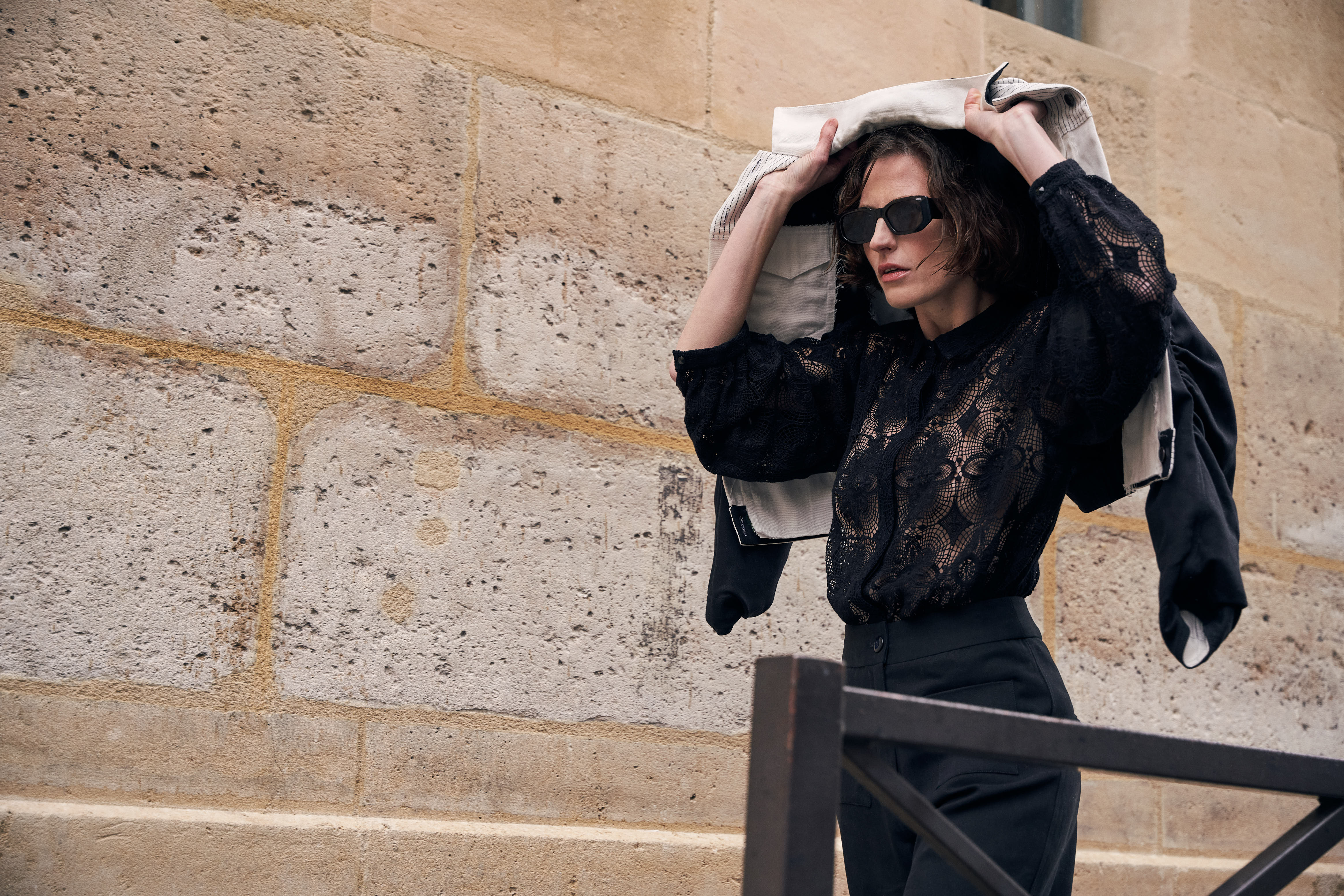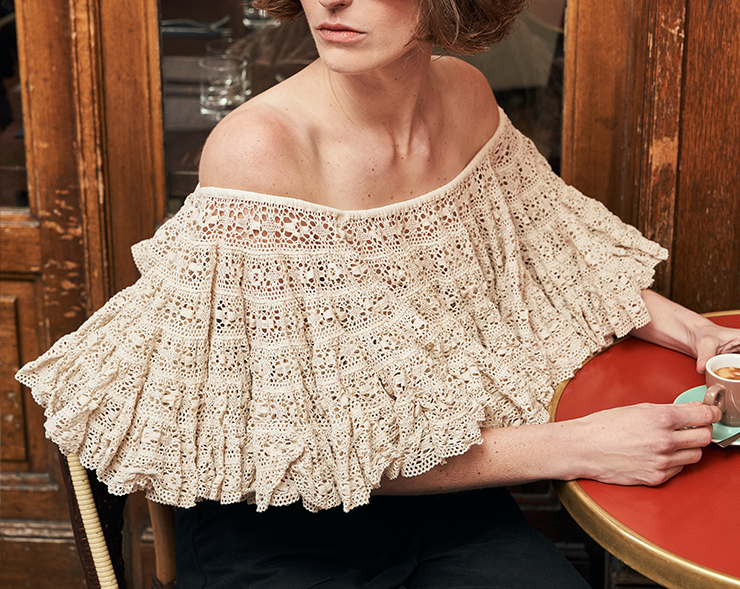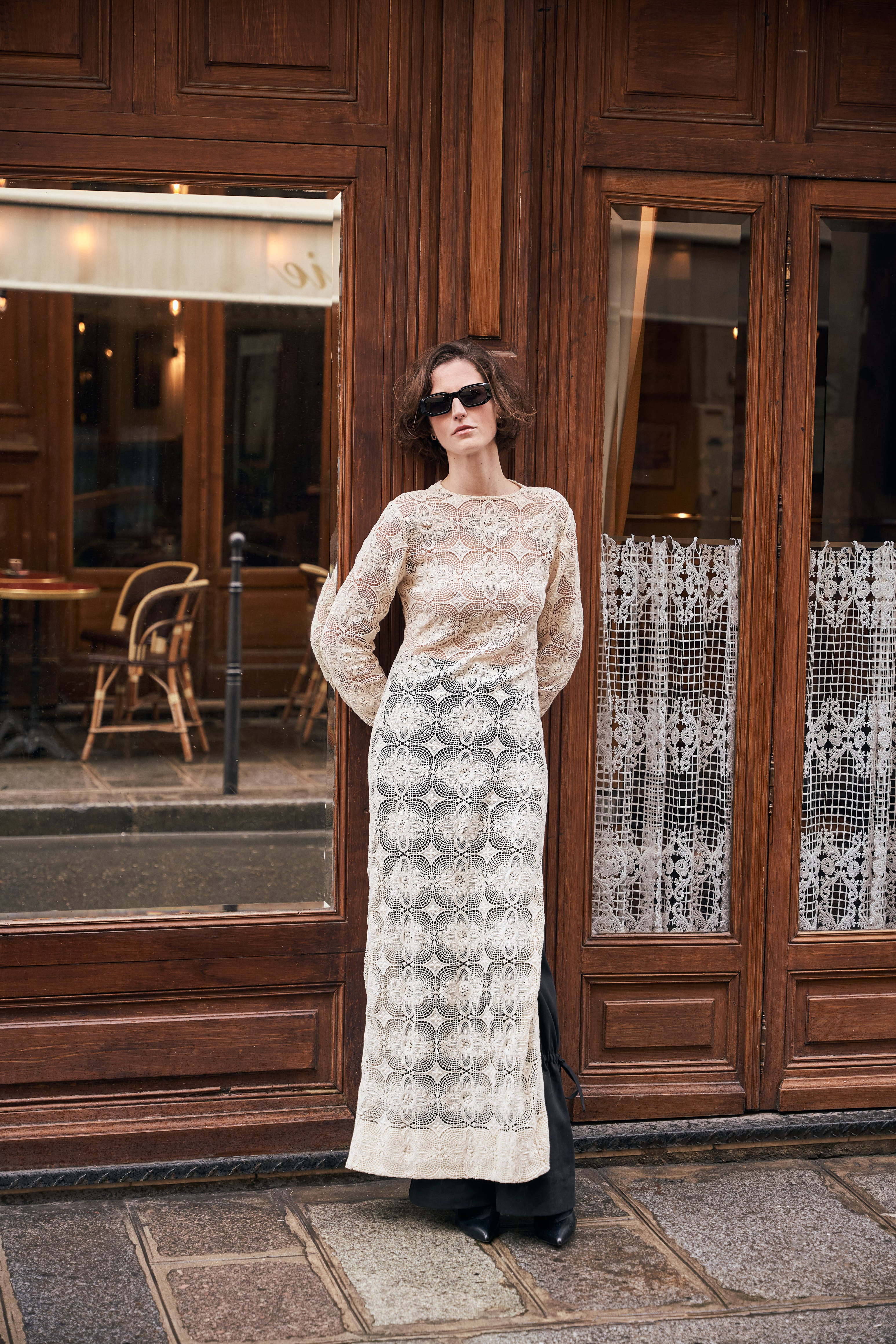
Tom Sachs is the man any sane person would want to be stranded on an island with. With a few pieces of wood, branches and leaves, Sachs would manage to build the perfect raft to escape. On top of that, his deep knowledge of art and his extensive curiosity about the world would make him a great companion. But, for the time being, Sachs is one of the most interesting and original artists of the 21st Century. He defines himself as a sculptor. In his New York Studio he makes the most wonderful art works with whatever he finds “lying around” - you’ll probably find foam core and plywood rather than marble and steel. The central theme of his work is American society, but with a big dose of humor and irony. He is best known for his recreation of modern icons - the Apollo Space program, for instance - masterpieces of design and engineering. Early in his career, he made Knoll office furniture out of phone books and duct tape. He has also a long running collaboration with Nike. The sneakers born from this collaboration instantly sell out.
Sachs just opened a spectacular show at Thaddaeus Ropac Gallery, in Paris, simply called Painting. “If you want to learn how to paint, start by painting your own Picasso,” explains Sachs. For Painting, he has recreated canvases Picasso made during the so-called “war years” 1937 - 1945. He is contrasting this work with Marcel Duchamp’s Rotoreliefs and that of the cartoon character Lisa Simpson from the animated sitcom The Simpsons. In a very Sachs-ian way, Sachs believes that Lisa Simpson’s “Scene from Moby Dick” painting is the world’s best known work, having been seen by billions of people since the show’s inception in 1989. Lisa Simpson tops Mona Lisa!
We first met just before the opening of his show in the Ropac gallery, where Sachs was explaining about his work to the staff, and pursued the conversation in a nearby restaurant.
Q. Why did you choose this period in Picasso’s work ?
A. It’s a time in his life when he is a little looser. In these paintings, he is finding himself. Also, they closely resemble paintings that I have done of cars, animals, space systems. I really tried to look at these paintings as a system of art: the word “Picasso” means “painting”. If I look at paintings, I’ll go straight to this guy because his work is so iconic. This period spoke to me. The Picassos I chose to paint don’t even need to be Picassos. I am trying to find my way through painting. I am always trying to find my voice. I think the work that came before that and the work that will come after that will be very different.

Q. Were you allowed to utilize Picasso’s work ?
A. My paintings are not forgeries, not studies, they are almost a taxonomy - each painting has its name, date, dimension, author, etc. I make it very clear what I am doing with these works. To any intellectual property owner, what matters is intent. You don’t want to make a Chanel jacket because Chanel makes jackets, but you can make a Chanel guillotine because Chanel does not ! In my collaboration with Nike, the most influential brand in the world, what matters most is the clarity of intent. When the artist is present in the work, it’s not forgery. Duchamp was the one who started by taking a urinal, putting it upside down and signing it. In changing the context, he made a work of art. There’s a contextual shift.
Q. Why were you interested in making these paintings ?
A. I am interested in the whole universe of possibility. Since doing this work, I am a much better painter than I was a year ago. I do a drawing a day (Sachs shows a drawing on his iPhone screen). I did an owl. Duchamp said “I am a medium, a conduit through which information flows”. In a way, Duchamp was more ambivalent than me. He signed things not even with his real name. He was not interested in ownership as Picasso was or how I am. I have to sign my name on everything I do. You have to brand everything.
Q. Right now, are you more interested in painting than in sculptures?
A. I consider these as sculptures. I don’t draw a distinction between a painting, a video, a sneaker or a sculpture ! It’s all sculpture to me. I am interested in transparency, showing the way things are made. You can see all the fuck ups. Even the sneakers I make show the stitching, the vinyl, etc. They are like your favorite jeans, the knees are worn out. It’s the same way with paintings. I really want to show how they are made. In a sculpture, I want to see the screws, the glue. There are two sculptures in the show. You can see the mistakes, my handwriting, the chainsaw marks, even though it is rendered in bronze. You see the evidence of their making. On some paintings, there are stains.

Q. Why do you like showing all these traces ?
A. I could never make anything as perfect as this bottle or this iPhone, but Apple could never make something as flawed as my sculptures. It’s important in this age when we can make and buy anything we want in any way, and with A.I. it’s become even easier, we must take advantage of our humanity and show our flaws. If there’s an opportunity for any of us to make our mark, we should do it. In a way, it’s a political gesture I am making.
Q. Did you find your style right from the beginning ?
A. Non ! At the beginning, I thought the ultimate artist was Donald Judd. I thought I’ll make a little drawing, I’ll fabricate what comes along and voilà ! I went to Greenberg, in Brooklyn, a sheet metal manufacturer. They made a lot of sheet metal for Judd. The price for my piece was $1,500. It was all crooked. I thought, “This is not a Donald Judd!” Greenberg said to me: “I just charged you $1,500. Judd makes me make things three of four times. So, if you want it perfect, it will be $5,000 ! I had saved everything for these $1,500. I did not have $5,000 ! In that moment, I realized I could have made it just as well myself for less than $1,500. There were some qualities to that coarseness that were special to me. And Judd, as much as I admired him, was about purity of form. It never felt like me. It felt like something another artist could have done. It was a way for me to find my individuality. That was the transition and there was a very crude review of my work from the New York Times. It said “This work looks like something many other people could have done.” It hurt ! Making these myself is what makes it valuable.
Q. Is painting more forgiving than sculpture ?
A. Painting is faster. You can paint over it if you don’t like it. With sculpture, you need to execute and then it requires many man hours to change it. I like the fuck ups, the pencil marks, the glue, there’s texture, layers, which has value. There’s information.
Q. You studied architecture. Does it influence your work ?
A. I loved sculpture and I liked architecture. Now, I love architecture and I like sculpture. It’s the other way around. If I won the lottery, I would have Tadao Ando build my studios. I have great respect for architecture. Only filmmaking is more brutal than the artist’s process. A film exists in time, architecture exists in space. Neither one benefits from mistakes.
Q. You cherish mistakes ?
A. I have learned to. It’s been my way of adapting, of taking advantage and celebrating my mistakes !

Tom Sachs, Photo Charles Duprat.
Tom Sachs, Painting. Thaddaeus Ropac Gallery Paris Marais. Until Feb. 24. Ropac.net






